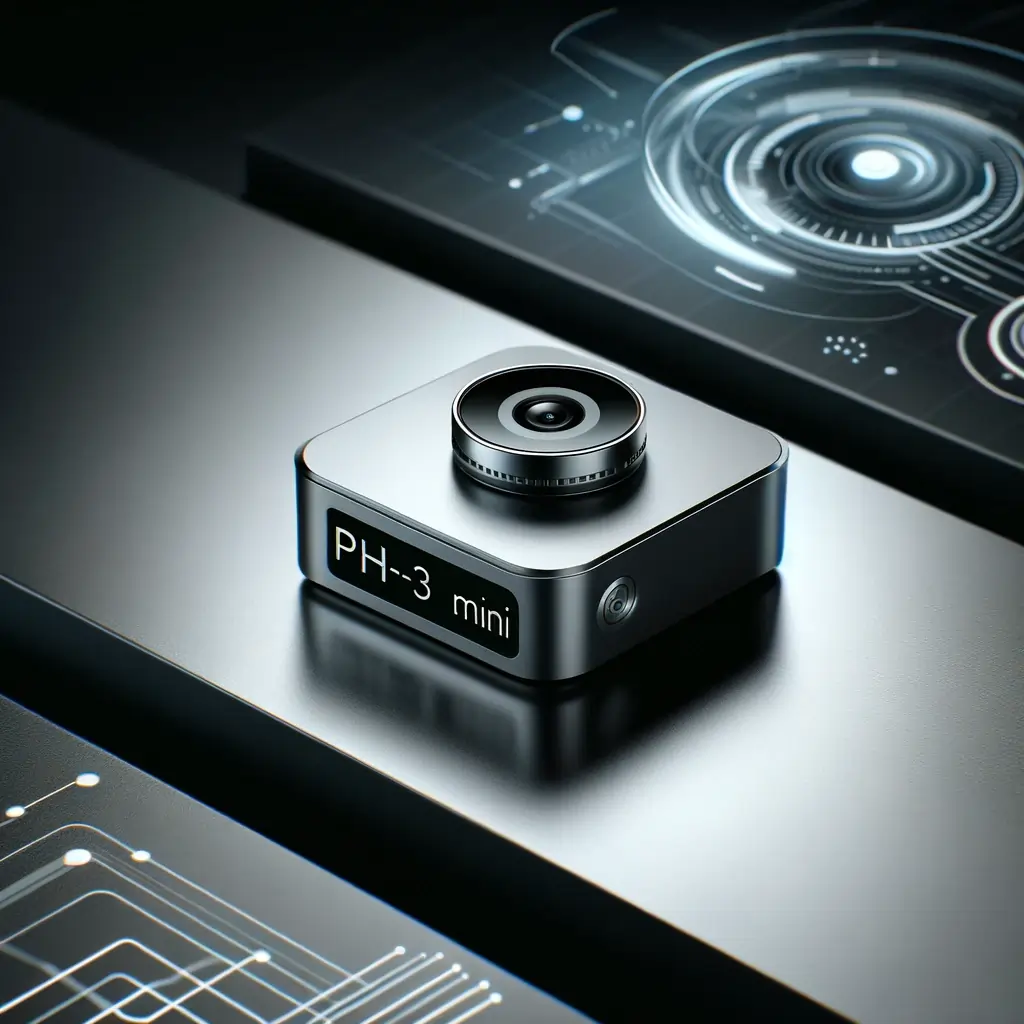Exploring Microsoft’s Phi-3 Mini: A New Era of Efficient AI Models
On April 24, 2024, Microsoft launched a new, smaller language model called Phi-3 Mini. This model is compact but mighty, fitting into Microsoft’s new category of small language models (SLMs). Even with just 3.8 billion parameters, Phi-3 Mini performs better than models double its size, providing a budget-friendly and efficient option for tasks like summarizing documents, extracting insights, and creating content for products or social media.
Traditionally, language models have grown bigger to improve their capabilities, but this also means they cost more. Large language models like GPT-4 need a lot of data and computing power to train, which isn’t always practical for simpler tasks. For instance, training GPT-4 took about three months and cost more than $21 million, which can be excessive for basic tasks.
In contrast, SLMs like Phi-3 Mini are more economical and need less power. They can even work offline, which is perfect for places without internet. These models can run directly on local devices, cutting down on delays and boosting privacy because data doesn’t have to travel to the cloud.
Phi-3: A Series of Compact Yet Robust Small Language Models (SLMs)
Microsoft plans to add more models to the Phi-3 series soon, with upcoming versions having 7 billion and 14 billion parameters available in the Azure AI Model Catalog. Although larger models like GPT-4 are still standard for complex tasks, the introduction of SLMs marks a shift towards using more specialized models for simpler tasks to save money and increase efficiency.
Microsoft used high-quality curated synthetic data to train the Phi-3 Mini, instead of the usual vast amounts of raw web data. This approach allows the training of very compact models that can generate clear and correct narratives, much like those in children’s stories.
This release is just the beginning, with more models soon to join the Phi-3 series. The company claims that the Phi-3 Mini, along with the upcoming small and medium versions, outperforms larger models, even those as big as GPT-3.5T, in key benchmarks.
This smart strategy not only improves the effectiveness of AI models but also reduces their cost, making them more usable for a broader array of tasks.
Conclusion
As Microsoft rolls out the Phi-3 Mini, it’s clear that the future of AI involves more than just increasing the size and power of models. The focus is shifting towards creating smaller, more specialized models that are not only cost-effective but also capable of performing specific tasks efficiently and effectively. This approach not only makes cutting-edge technology more accessible to a broader audience but also opens up new possibilities for innovation in various industries.
For more updates on how such technologies are transforming the business landscape and to stay informed about the latest developments in the field of AI, visit our blog’s AI News section: AI Business Brains – AI News. Here, you’ll find a wealth of information and insights that can help you understand the impact of these technologies on different sectors.




